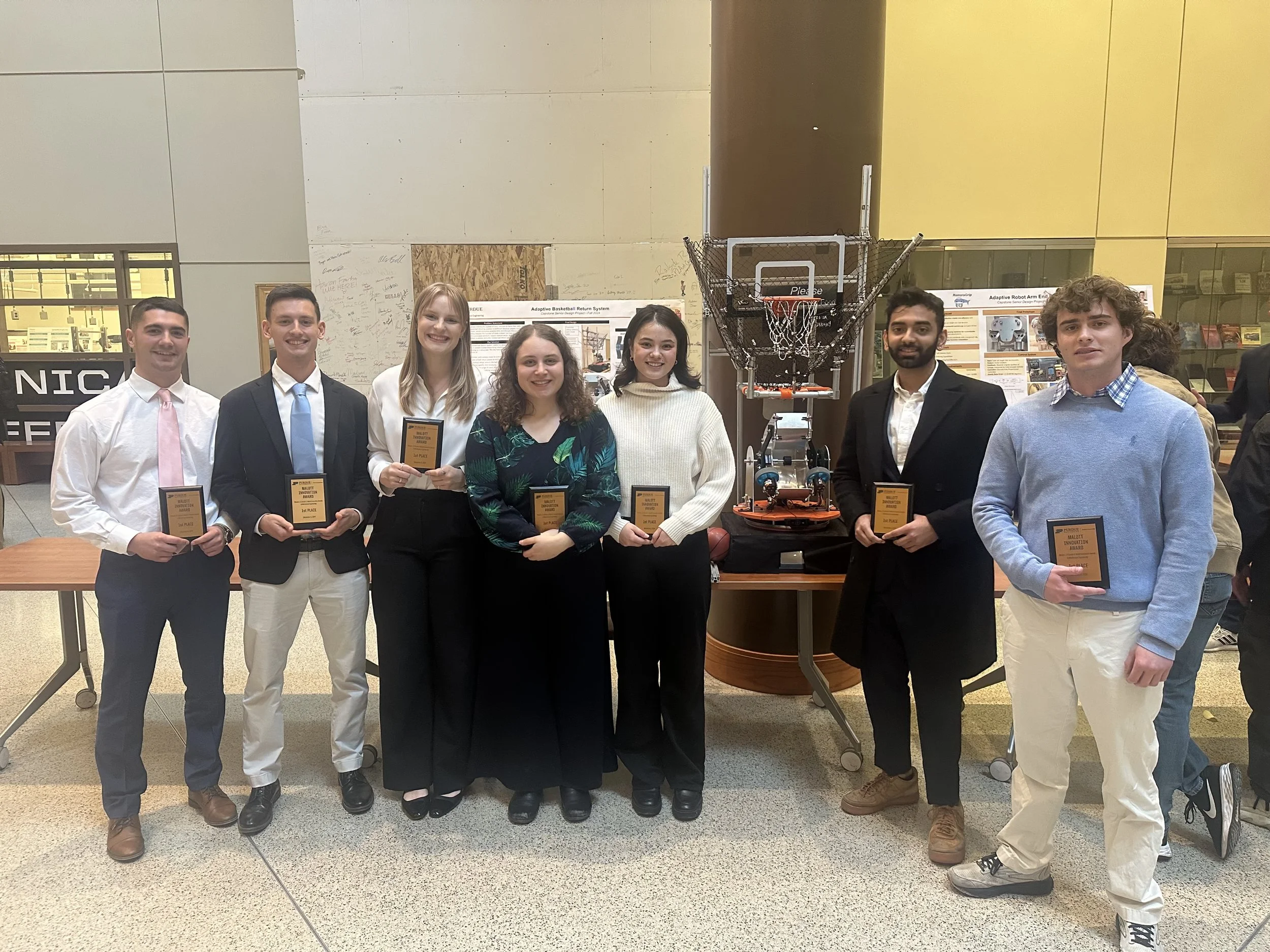"Absolute three-dimensional shape measurement using coded fringe patterns without phase unwrapping or projector calibration," Opt. Express, (2014)
/[65] W. Lohry*, V. Chen*, and S. Zhang, "Absolute three-dimensional shape measurement using coded fringe patterns without phase unwrapping or projector calibration," Opt. Express 22(2), 1287-1301, 2014; doi:10.1364/OE.22.001287
Abstract
This paper presents a novel stereo-phase-based absolute three-dimensional (3D) shape measurement that requires neither phase unwrapping nor projector calibration. This proposed method can be divided into two steps: (1) obtain a coarse disparity map from the quality map; and (2) refine the disparity map using wrapped phase. Fringe patterns are modified to encode the quality map for efficient and accurate stereo matching. Experiments demonstrated that the proposed method could achieve high-quality 3D measurement even with extremely low-quality fringe patterns.



